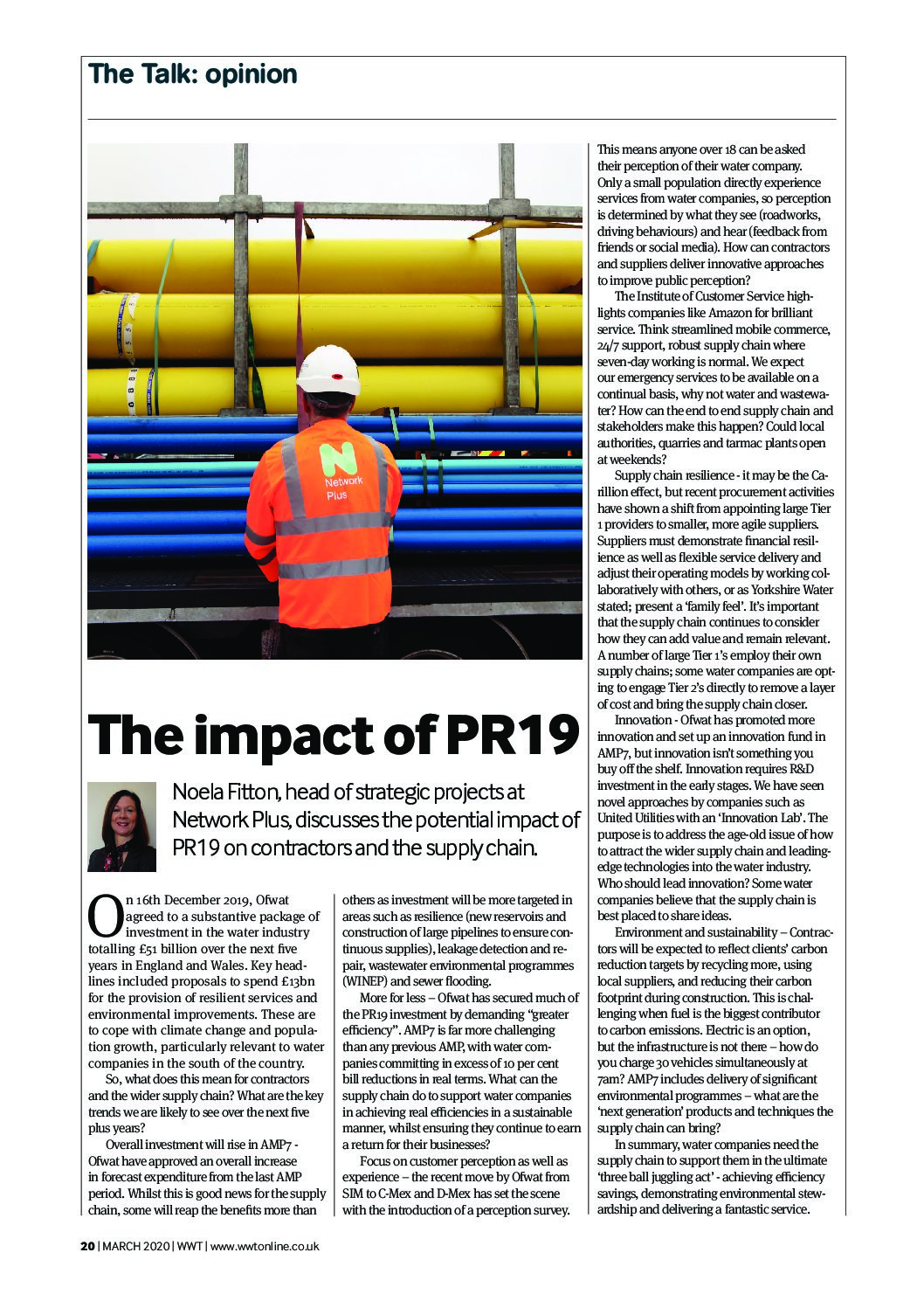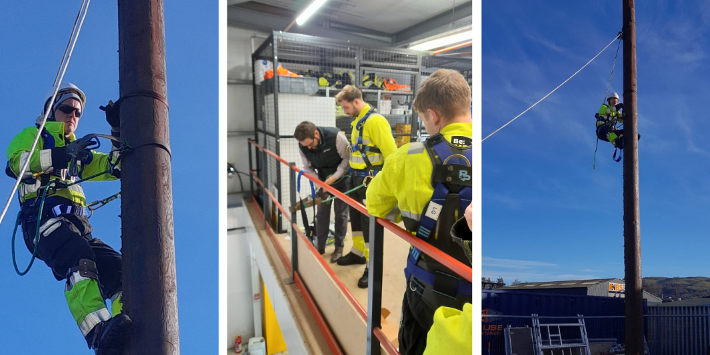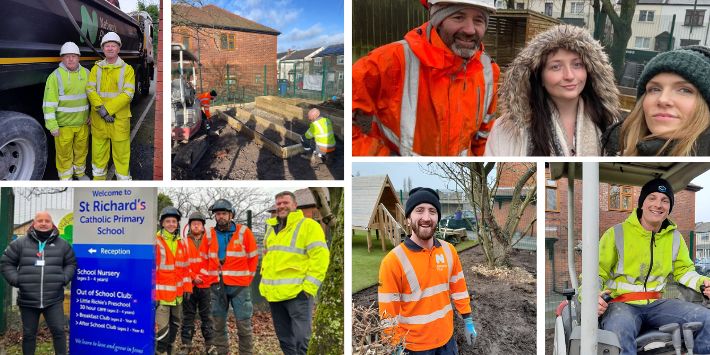
Noela Fitton, head of strategic projects at Network Plus, discusses the potential impact of PR19 on contractors and the supply chain.
On 16th December 2019, Ofwat agreed to a substantive package of Investment in the water industry totalling £51 billion over the next five years in England and Wales. Key headlines included proposals to spend £13bn for the provision of resilient services and environmental improvements. These are to cope with climate change and population growth, particularly relevant to water companies in the south of the country. So, what does this mean for contractors and the wider supply chain? What are the key trends we are likely to see over the next five plus years? Overall investment will rise in AMP7 – Ofwat have approved an overall increase in forecast expenditure from the last AMP period. Whilst this is good news for the supply chain, some will reap the benefits ts more than others as investment will be more targeted in areas such as resilience (new reservoirs and construction of large pipelines to ensure continuous supplies), leakage detection and repair, wastewater environmental programmes (WINEP) and sewer flooding.
More for less – Ofwat has secured much of the PR19 investment by demanding “greater efficiency”. AMP7 is far more challenging than any previous AMP, with water companies committing in excess of 10 per cent bill reductions in real terms. What can the supply chain do to support water companies in achieving real efficiencies in a sustainable manner, whilst ensuring they continue to earn a return for their businesses? Focus on customer perception as well as experience – the recent move by Ofwat from SIM to C-Mex and D-Mex has set the scene with the introduction of a perception survey.
This means anyone over 18 can be asked their perception of their water company.
Only a small population directly experience services from water companies, so perception is determined by what they see (roadworks, driving behaviours) and hear (feedback from friends or social media).
How can contractors and suppliers deliver innovative approaches to improve public perception?
The Institute of Customer Service highlights companies like Amazon for brilliant service. Think streamlined mobile commerce, 24/7 support, robust supply chain where
seven-day working is normal. We expect our emergency services to be available on a
continual basis, why not water and wastewater? How can the end to end supply chain and stakeholders make this happen? Could local authorities, quarries and tarmac plants open at weekends? Supply chain resilience – it may be the Carillion effect, but recent procurement activities have shown a shift from appointing large Tier 1 providers to smaller, more agile suppliers. Suppliers must demonstrate financial resilience as well as flexible service delivery and adjust their operating models by working collaboratively with others, or as Yorkshire Water stated; present a ‘family feel’. It’s important that the supply chain continues to consider how they can add value and remain relevant.
A number of large Tier 1’s employ their own supply chains; some water companies are opting to engage Tier 2’s directly to remove a layer of cost and bring the supply chain closer. Innovation – Ofwat has promoted more innovation and set up an innovation fund in AMP7, but innovation isn’t something you buy of the shelf. Innovation requires R&D investment in the early stages. We have seen novel approaches by companies such as United Utilities with an ‘Innovation Lab’. The purpose is to address the age-old issue of how to attract the wider supply chain and leading edge technologies into the water industry.
Who should lead innovation?
Some water companies believe that the supply chain is best placed to share ideas. Environment and sustainability – Contractors will be expected to reflect clients’ carbon reduction targets by recycling more, using local suppliers, and reducing their carbon footprint during construction. This is challenging when fuel is the biggest contributor to carbon emissions. Electric is an option, but the infrastructure is not there – how do you charge 30 vehicles simultaneously at 7am? AMP7 includes delivery of significant environmental programmes – what are the ‘next generation’ products and techniques the supply chain can bring? In summary, water companies need the
supply chain to support them in the ultimate ‘three ball juggling act’ – achieving efficiency savings, demonstrating environmental stewardship and delivering a fantastic service.



